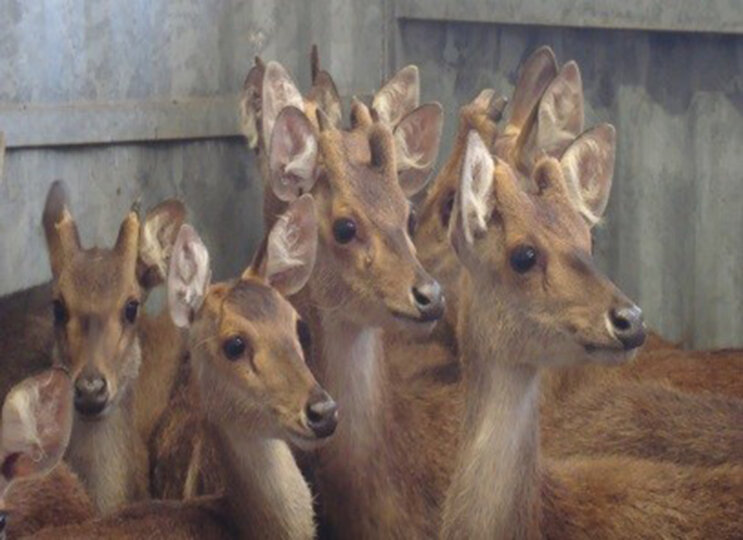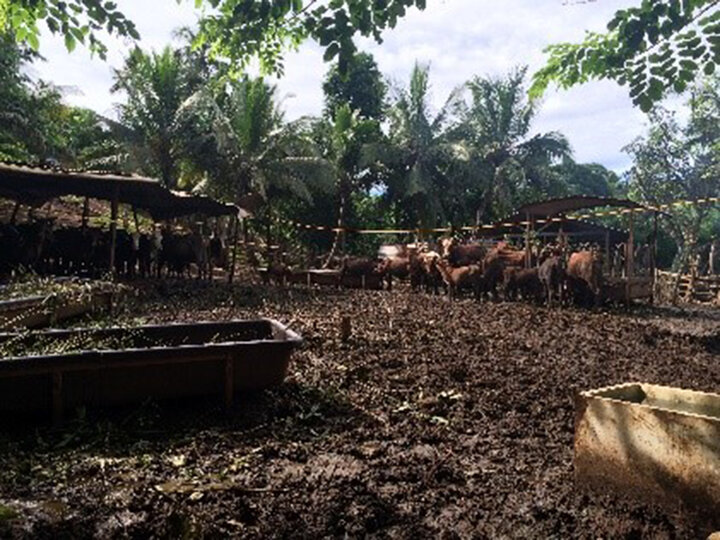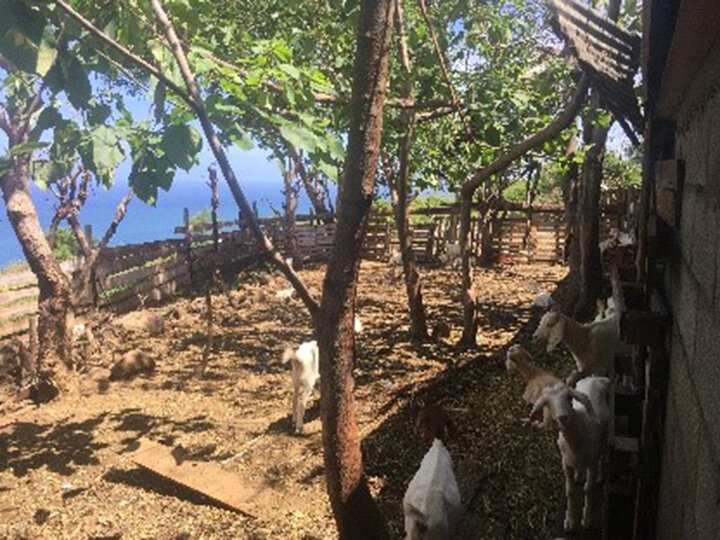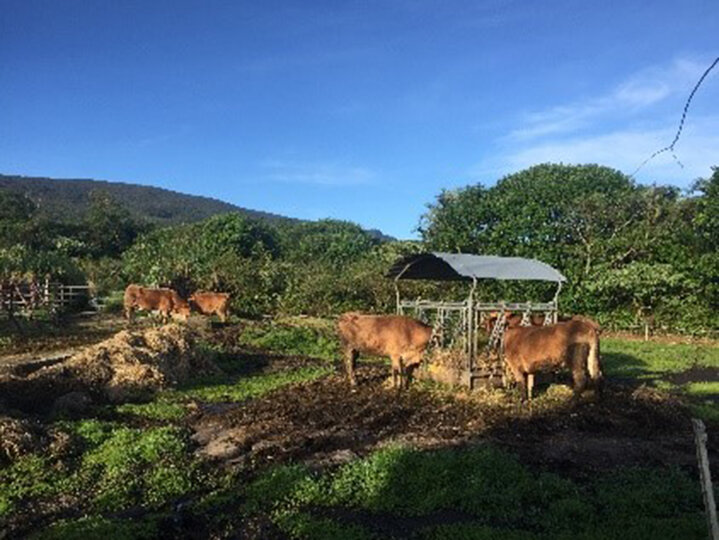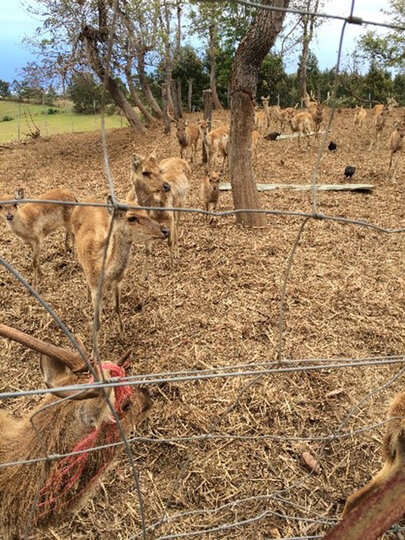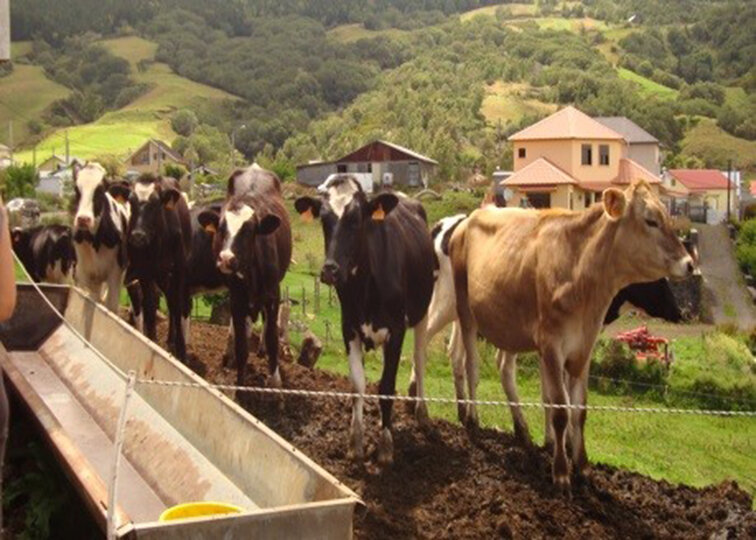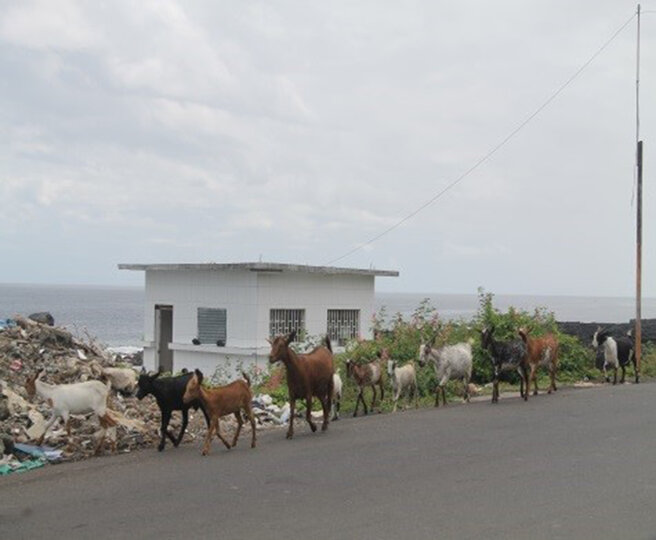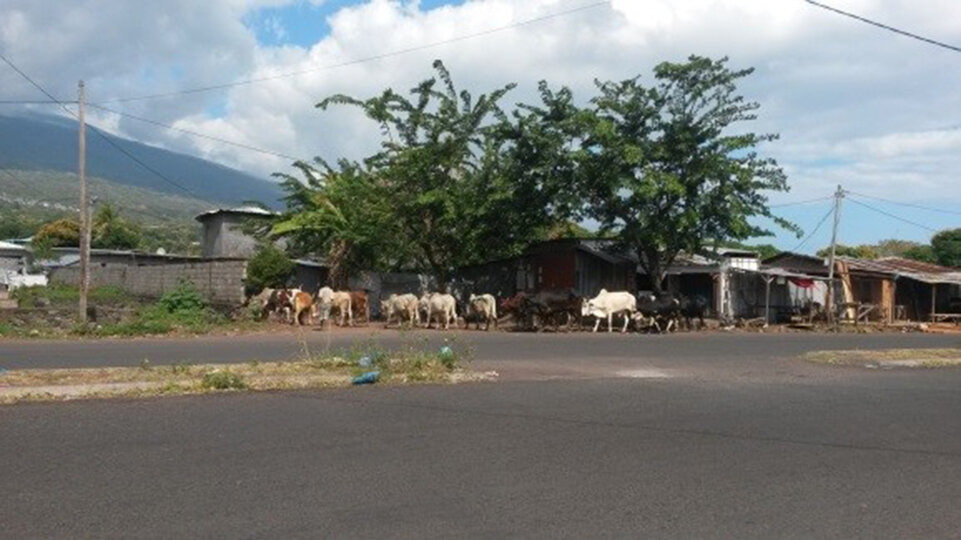Culicoides-borne diseases under the Indian ocean tropics
Twenty-five Overseas Countries and Territories (OCTs), spreading from the Poles to the Tropics, are associated with the European Union. All are islands, although small in either size or population, or both, but they have an important role as outposts in the regional areas where they are located. France has two main OCTs in the Indian ocean with permanent populations: La Réunion island and Mayotte, in the Comoros archipelago. Both are high lying and volcanic islands with suitable locations for agriculture and livestock breeding. One purpose of the European Union is to increase food independency, promote their economic and social development and to establish and support close economic relationships within the island and with the surrounding countries as well as with the Union as a whole.
Since ten years, a team of Cirad scientists is localized in La Réunion island to distrangle the epidemiology of vector borne diseases and specifically Culicoides-borne viruses circulating on the territory. “Livestock breeding includes mostly cattle, goats, few sheep as well as Rusa deer” said Catherine Cêtre-Sossah, virologist. “BTV went undetected in La Réunion Island between its first documented emergence in 1979 and more than a dozen of serotypes have circulated or circulate in the island. We have isolated a new EHDV serotype (EHDV-1) for the island and our serological surveys confirmed that both orbiviruses seroprevalence is high.” Five Culicoides species are recorded in La Réunion. “Extensive studies showed that the species are distributed along a species altitudinal gradient. Abundances are relatively limited considering the tropical climate. Continuous Culicoides population activity is observed in the lands of low altitude” said Yannick Grimaud, PhD student on population dynamics modeling. His goal is to model abundance and temporal dynamics to predict high vector activity periods to help farmers and vet services to predict diseases emergence. “We also investigated which species were implicated in the virus transmission. We were expecting to see C. imicola as the unique vector species but unfortunately all the diversity could be locally positive to both viruses, sometimes year round”. The assumption that virus susceptibility might be widespread in the genus Culicoides encourage to look further the role of each species in relation to its abundance and seasonality. Meanwhile, the potential involvement of numerous species in virus transmission, each exhibiting different bionomics and phenology, greatly increases the complexity of the epidemiology of Culicoides borne viruses in this specific tropical area” said Claire Garros, entomologist.

